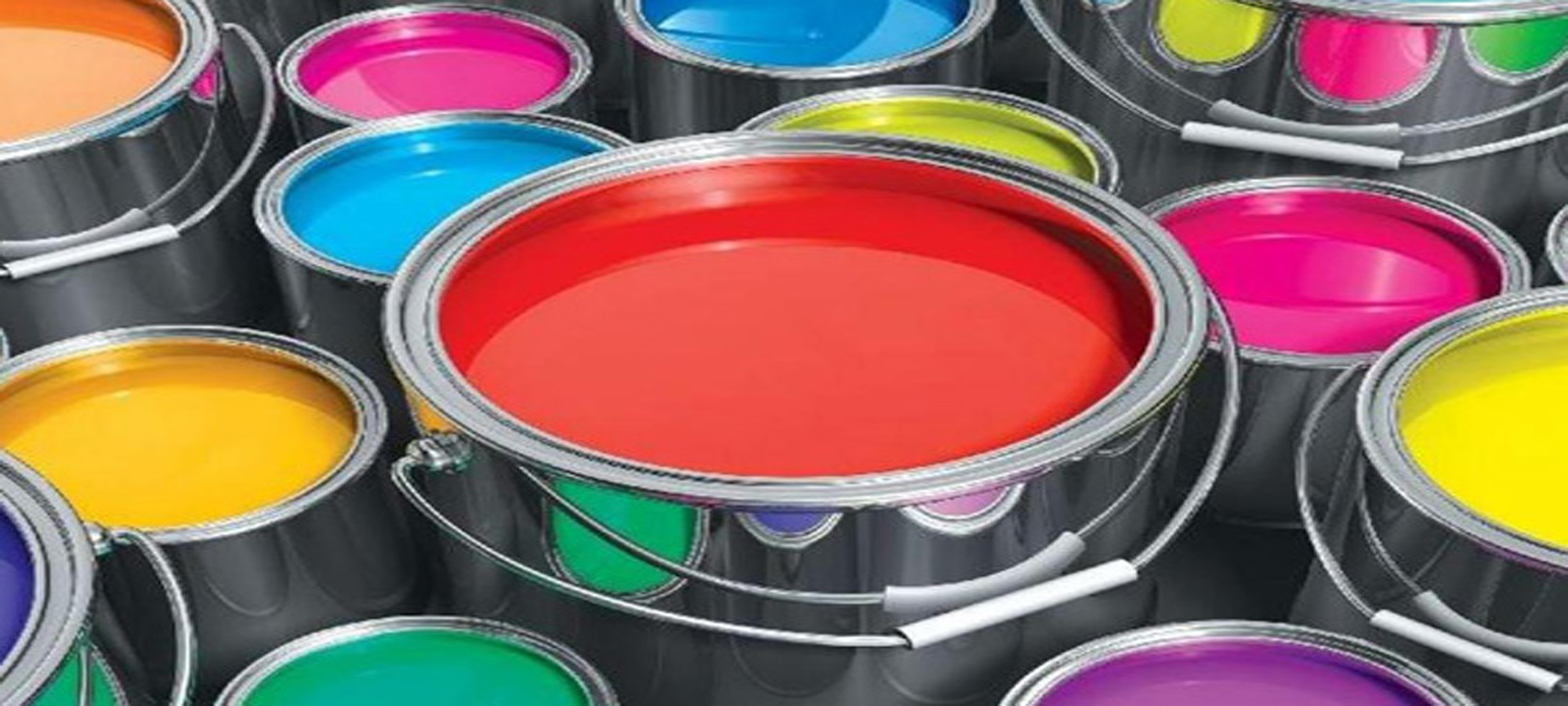Vinyl Acetate Monomer & Acetic Acid
Vinyl Acetate Monomer is one of the most essential chemicals used in the manufacture of polymers. Vinyl acetate monomer is manufactured through catalytic conversion reaction of acetic acid and ethylene with oxygen. It is used as an intermediate in the manufacture of various copolymers and Homopolymer such as polyvinyl acetate, polyvinyl alcohol, ethylene-vinyl acetate and ethylene-vinyl alcohol among others. These copolymers are used in various end-user industries such as adhesives, paints and coatings, textiles, paper and packaging among others. Vinyl acetate monomer (VAM) is one of the key ingredients used in the manufacture of furniture glue and adhesives.
Acetic acid is a chemical reagent for the production of chemical compounds. The largest single use of acetic acid is in the production of vinyl acetate monomer, closely followed by acetic anhydride and ester production. The volume of acetic acid used in vinegar is comparatively small.
Acetic Acid (AA)
| Properties | Unit | Specification | Test Method |
| Purity | %Wt | 99.5 MIN | ASTM E – 302 |
| Water content | %Wt | 0.4 MAX | ASTM E – 203 |
| Formic acid | %Wt | 0.15 MAX | ASTM D – 3546 |
| Acetaldehyde | ppm (wt) | 300 MAX | UHDE – GCL 3 |
| Iron | ppm (wt) | 1 MAX | ASTM D – 394 |
| Sp. Gr. @20/20°C | 1.0505 – 1.0525 | ASTM D – 4052 | |
| Color | APHA | 10 MAX | ASTM D – 1209 |
Download PDF
Vinyl Acetate Monomer (VAM)
| Properties | Unit | Specification | Test Method |
| Purity | %Wt | 99.9 MIN | UHDE – GCL2 |
| Methyl Acetate | ppm | 100 MAX | UHDE – GCL2 |
| Ethyl Acetate | ppm | 200 MAX | UHDE – GCL2 |
| Acetaldehyde | ppm | 100 MAX | UHDE – GCL2 |
| Acidity as acetic acid | ppm | 60 MAX | UHDE – VA-1 |
| Water content | ppm | 200 MAX | ASTM D 1364 |
| Density @20°C | g/cm3 | 0.932-0.933 | ASTM D 4052 |
| Color | APHA | 5 MAX | ASTM D 1209 |
| Hydroquinone | ppm | Customer request (5-10) | ASTM D 1293 |






